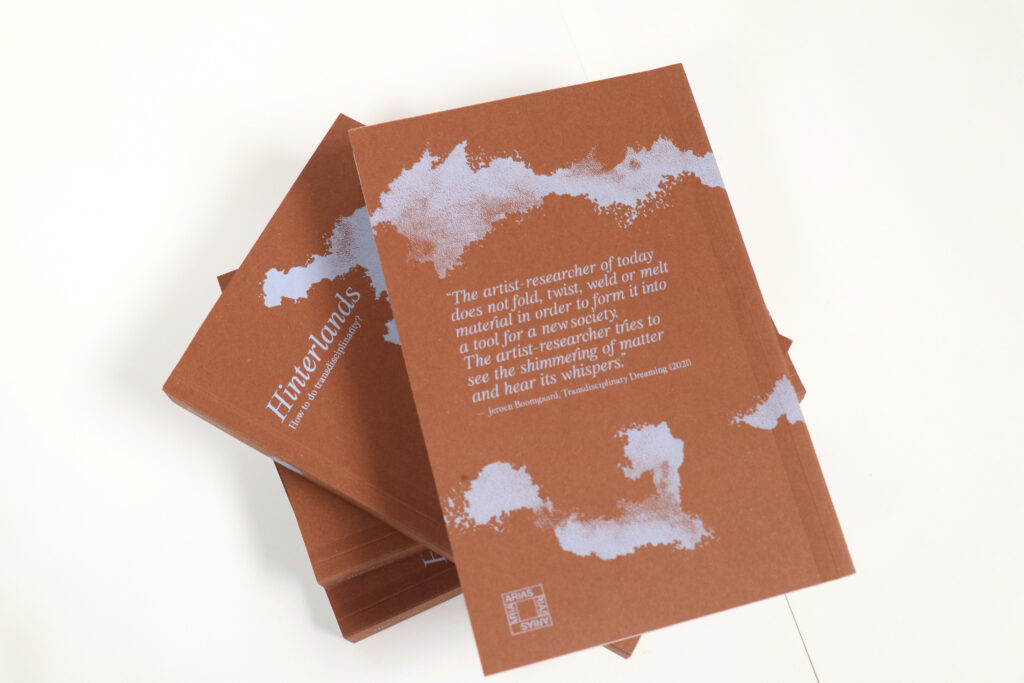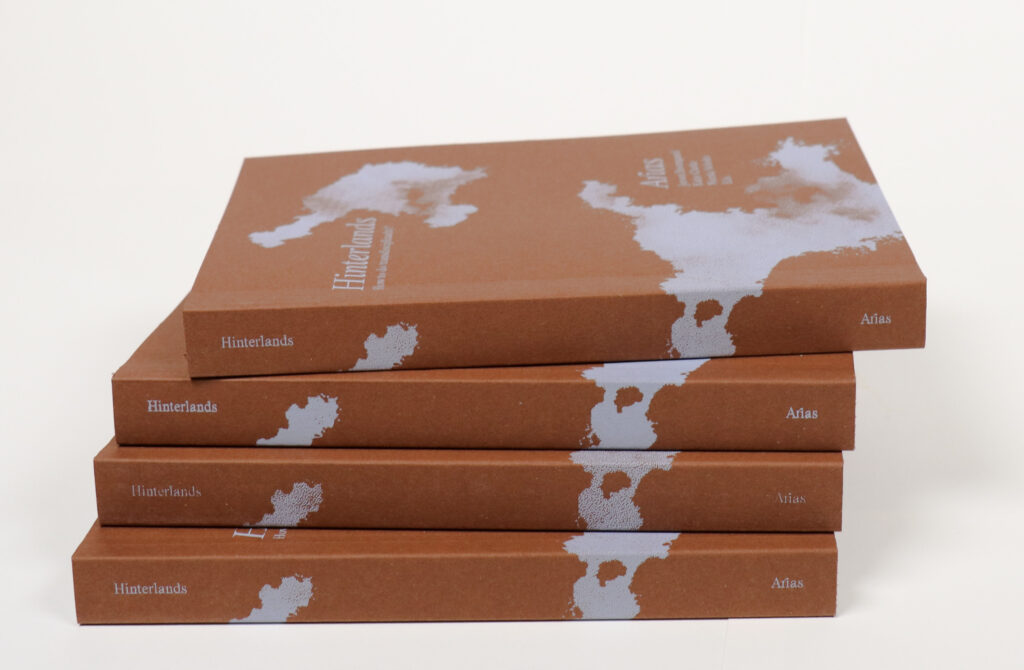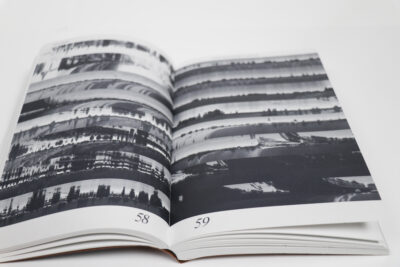Hinterlands, How to do Transdisciplinarity
Hinterlands, as the title of the first ARIAS book publication, grounds time and geography for tuning into the invisible in-between knowledge that emerges from hybrid collaborative research practices; practices which in other words are transdisciplinary. As a very real imaginary that playfully points to the outskirts of dominant research parameters; Hinterlands is a space to experiment and move slower.
The book contains contributions that address a multitude of dynamics within transdisciplinary work in relation to (including though not limited to): language, listening, risk, pedagogy, world building, expectation, care, transmedia, curation, writing, intersectionality and practicing medicine. These contents come in different forms; both reflective and/or poetic in style, narrated by single and multiple author(s), written out conversations, interviews and a graphic story.

A cross-section of ARIAS artists-researchers responded to the question How to do Transdisciplinarity?as a way to provoke and think through their own collaborative practices of art research. This approach might suggest that all contributors do belong in one way or another to ‘the field’ of transdisciplinarity, which, to make things more complicated, is not how they’d necessarily see it themselves. Transdisciplinarity is a collection of crossing pathways in an unmappable area, that perpetually call us to articulate and make visible how this happens.
Contributions by (in order as they appear in the book), Salomé Voegelin, Laura Cull Ó Maoilearca, Sher Doruff, Jeroen Boomgaard, Sabine Niederer, Andy Dockett, Carlo De Gaetano, Paula Albuquerque, Erik Rietveld, Ektor Ntourakos, Alice Smits, Raoul Frese, Špela Petrič, Miha Turšič, John Miers, Nienke Scholts, Ilse van Rijn, Katie Clarke, Maaike Muntinga, Eliza Steinbock, Imara Limon.
Book Launch, 17th March 2022, 12:00hr (CET). Click here for more.





